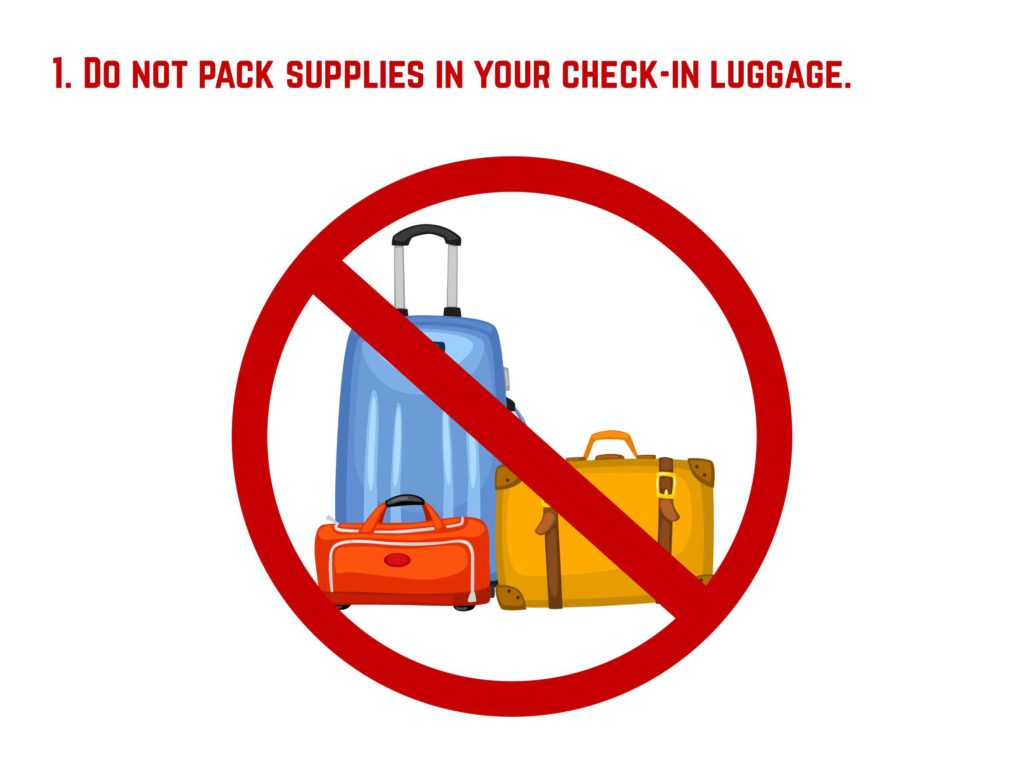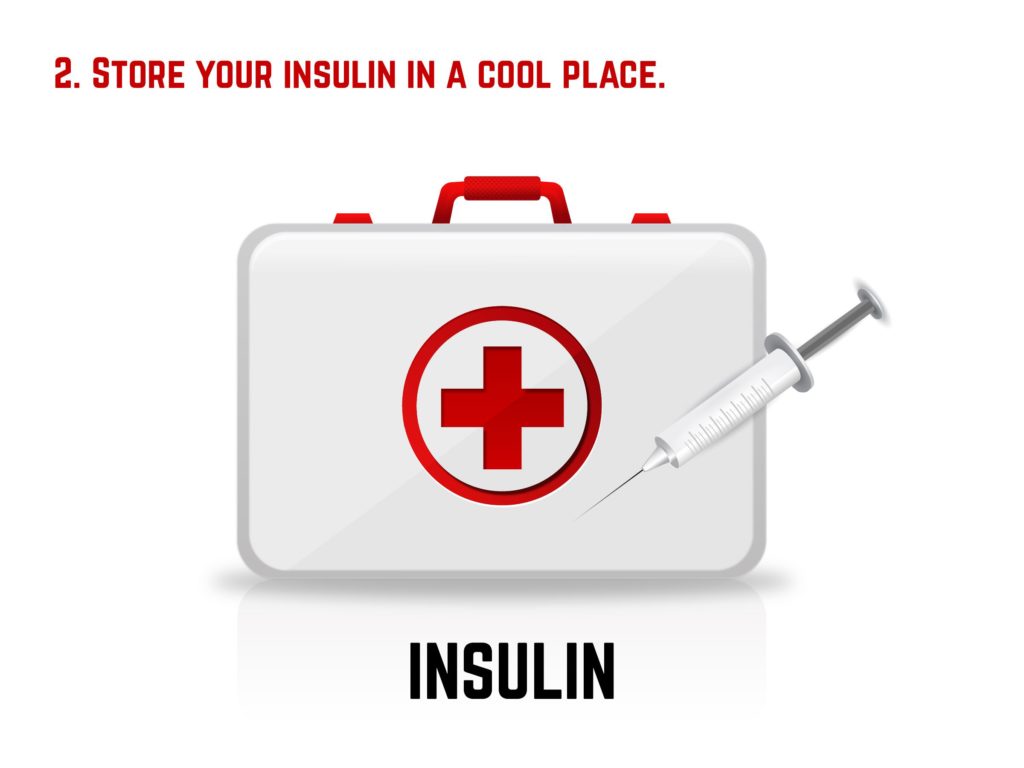So you finally picked which part of the world you want to see. You’ve scoured blog after blog organizing your itinerary. You can almost smell the ocean breeze.
While most people would go straight to packing—fitting their shoes and clothes and accessories in their luggage—diabetics have the added concern of packing their diabetes supplies right.
The truth is, it’s difficult to be a minimalist when you are a travelling diabetic. However, you can be organized enough to lessen the worry during the trip itself.
And to take that weight off your hands, here is a checklist of things you need to do to make sure your diabetes supplies are packed right:
1. Do not pack supplies in your check-in luggage.
Although it’s tempting to have a light carry-on bag for better mobility, your diabetes supplies should not be stored in your checked-in luggage.
For one, the cargo hold will be freezing when the plane ascends to 30,000 feet—a temperature not ideal for insulin. Secondly, it’s not unheard of that bags can get lost. You wouldn’t want to be stuck in a foreign country without ample medication supply. And third, there is the possibility of your luggage being manhandled.
To safely bring your supplies:
- Keep medications in your carry-on bag for easy access.
- If you want your carry-on bag stashed on the bin above your plane seat, pack a separate smaller bag with your medications. This smaller bag will be stowed under the seat in front of you, giving you access to your insulin, syringes, snacks, meters, etc.
- Pack your supplies in clear bags. This will make inspection easier and faster, especially on airport security checkpoints.
2. Store your insulin in a cool place.
Insulin is a substance that can be negatively affected by extreme temperatures. When exposed to heat, for instance, insulin breaks down into smaller proteins. This would result in the insulin looking cloudy and eventually form crystals.
If you want to go to the beach, go trekking, or go on long drives, you need to know how to keep your insulin cool. Here are a few ways to do this:
- Purchase a carrying bag with insulated nylon interior and exterior compartments. This will help separate your equipment (those that need to be in room temperature) from your insulin (that needs to be in a cooler temperature).
- Use re-freezable ice packs to keep insulin cool. Note: do not put insulin in direct contact with the ice pack. Freezing point is just as bad as heat for insulin.
- Invest in cooling packs especially made for diabetics (e.g. Frio packs, insulin cooling case wallet, etc). These products have the advantage of staying cool without the need for re-freezing.
- When you get to your hotel room, place your insulin supply inside the fridge.
3. Divide diabetes supplies into different bags.
 To make sure that you will not run out of supply while on travel, make sure that all your bags have your diabetes supplies.
To make sure that you will not run out of supply while on travel, make sure that all your bags have your diabetes supplies.
Put some in your briefcase, purse, and/or luggage (as long as this does not get checked-in during a flight). In case one of your bags gets lost or stolen, you still have back-up supplies.
If travelling with other people, give them some of your supplies as well.
4. Have a checklist.
Keeping a mental checklist may not cut it, given the number of things you need to bring. Check the list below and see if you are missing anything in your bag:
- Supplies – You should have syringes, pen needles, insulin pen or pump supplies, and spare insulin pen. It is advisable to pack twice as much as you would need for the duration of your trip.
- Blood glucose checking supplies – This includes meters, lancets, and strips. An extra battery, if needed. Also, a record book to help you keep track of your glucose levels.
- First aid kit – Medications, alcohol, alcohol wipes, bandages, cotton, etc.
- Disposal supplies – Lancets, syringes, blood strips, and the like should be disposed properly. Bring puncture-proof containers (e.g. bottle with screw cap) where you can dispose these in a sanitary manner.
- Proper labeling – Label your supplies properly. Include your diagnosis, your name, the medication, and when it was prescribed. This will make it convenient for security to check your things, as well as make it easy for you (or your companion) to grab whatever you need.
Can save you trouble
Properly packing your things will undoubtedly save you time especially if you’re running late for your flight or trip. This will also ensure that you’re not forgetting anything essential like your medications or dietary supplements for diabetes, or that you’re not bringing things that you won’t be needing. It saves on baggage allowance, too.
Have one less thing to worry about by keeping this article on your phone or printing it.






